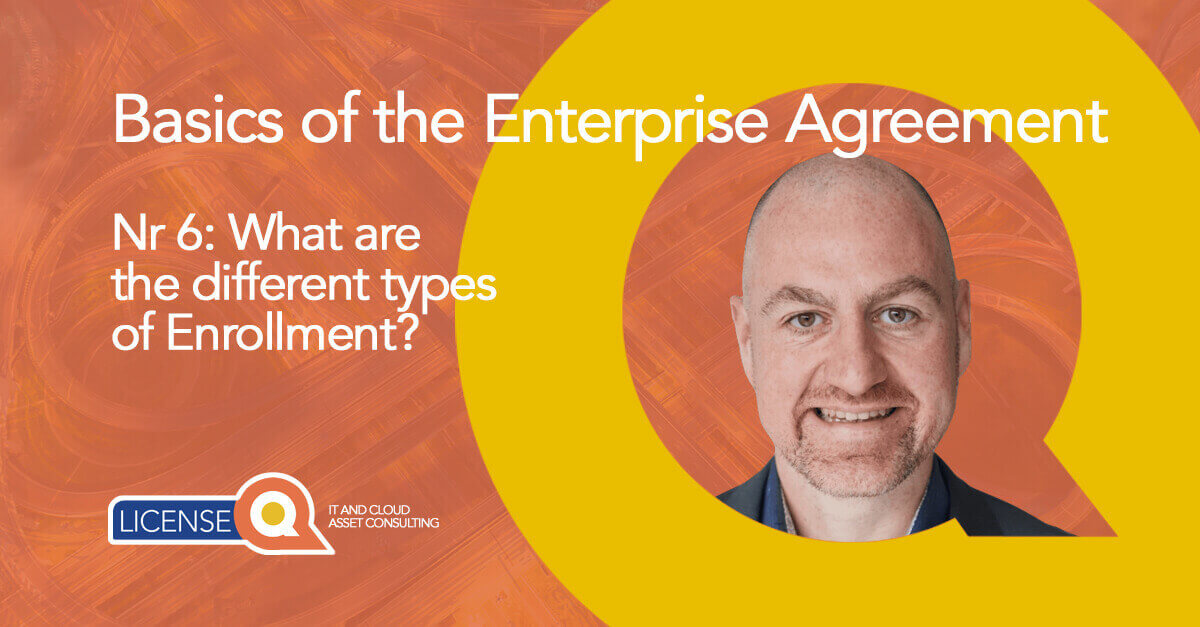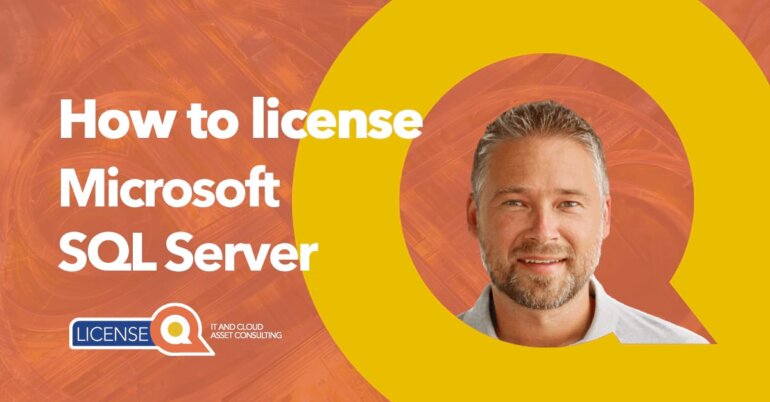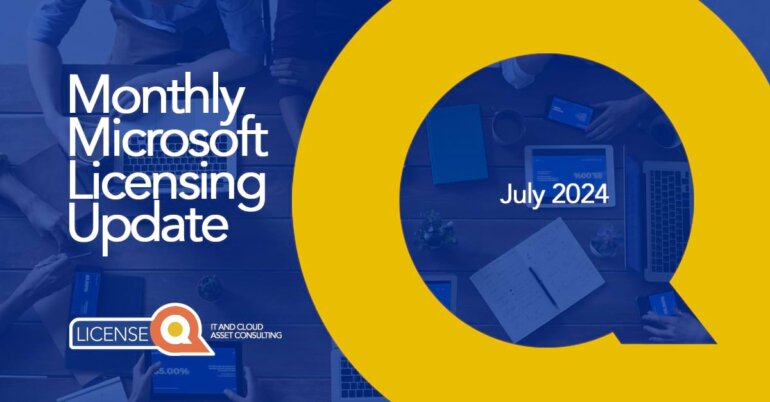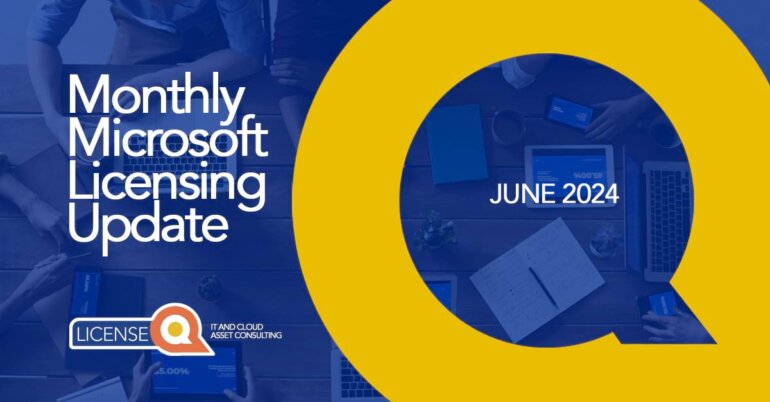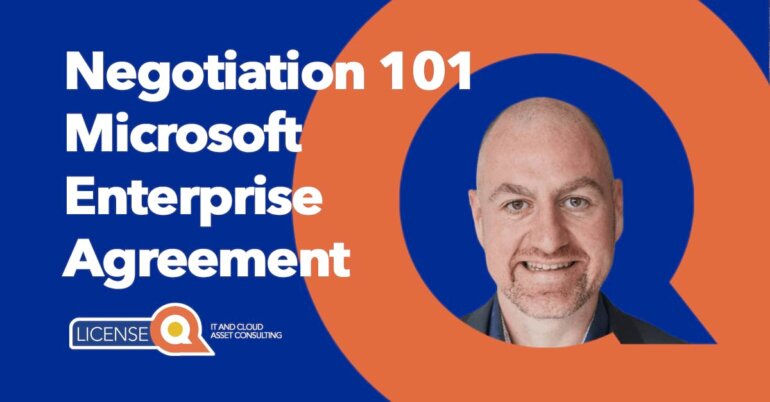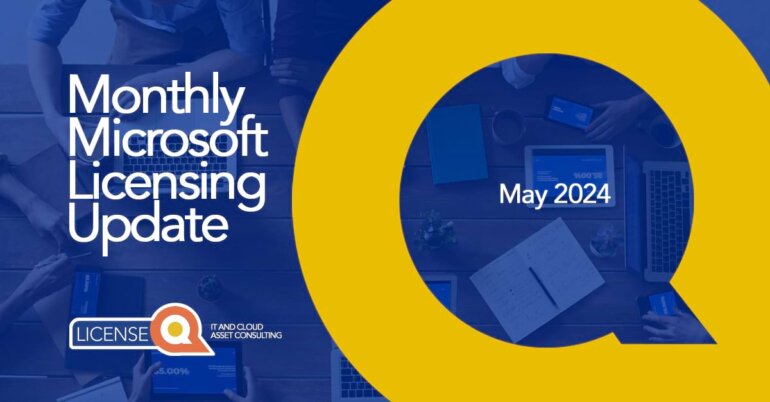Enrollment types - Different enrollment options for the Enterprise Agreement
There are three different enrollment types for the Enterprise Agreement:
1. Enterprise Enrollment
The Enterprise Enrollment is Microsoft’s standard offer. It is their way of saying thank you for committing organization-wide commitment by offering a range of additional benefits. Additional built-in discounts are included in the enrollment structure and the enrollment allows you to easily add new products, licensing options and services so you can be better prepared for future deployment and licensing scenarios.
Benefits of the Enterprise Enrollment include:
- best pricing and terms
- user/device or hybrid licensing options
- simplified license management
- Option to maintain a mix of online and on-premises services to meet the needs of your users
- Option to move from on-premises to equivalent online services by means of Add-ons and/or Step-ups
- Add Microsoft productivity software like Office, Windows, and CAL Suites on a per user, per device, or hybrid (a mix between user and device) basis
Adding M365 in your EA offers simplified license management and per-user licensing for your cloud services with M365. M365 delivers the best value with the joint purchase of Office 365, Enterprise Mobility + Security Suite and Windows Enterprise.
On-premises solutions require a company-wide commitment from you, but signing up to M365 as your EA basis does not. This leave you free to choose any number of licenses (however, the minimum of 500 still applies).
Watch the video below to hear Floris discuss the different minimum requirements for the Enterprise Enrollment vs the Enterprise Subscription Enrollment.
2. Enterprise Agreement Subscription Enrollment (EAS)
The Enterprise Agreement also has a subscription option. The EAS allows you to purchase the same products, but this option lowers your initial licensing costs because you are signing up to the right to use Microsoft products and services, rather than purchasing and owning these licenses.
Within the subscription program you can increase or decrease the number of subscribers annually, as you report actual need on an annual basis. This is different to the EA, where you standardize upfront for a three-year period for the minimum quantities of the initial order. The Subscription Enrollment is for clients who want to keep initial costs low and expect/experience notable changes in their technology needs and the size of their workforce in the near future.
Eventually the EAS is more expensive in the long run as you are renting the software instead of acquiring it. If you are enrolled in EA, you will move to ‘Software Assurance only’ payments once you have fully paid off the licenses after the initial term. Whereas with the Subscription Enrollment you will need to continue paying the subscription price for as long as you need to use the software.
With EAS you do not own the license, you only have the right to access Microsoft software, services and products for the duration of your subscription.
If you do not renew your enrollment, you lose the right the use the license. You can choose to purchase perpetual licenses through the ‘enrollment buyout’ option.
Finally, this contract option is often dictated by an Opex versus Capex investment strategy.
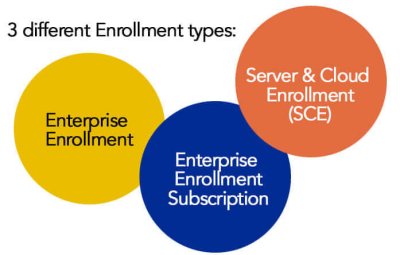
3. Server & Cloud Enrollment (SCE)
This is a special enrollment option under the Enterprise Agreement that applies when you commit to one or more key Microsoft server & cloud technologies.
These are:
- application servers (BizTalk Server, SharePoint Server and SQL Server)
- Core Infrastructure Suite (Server operating systems and management software, Windows Server and System Center)
- Development Platform: Visual Studio Enterprise (this edition only – Pro is only possible by exception from Microsoft).
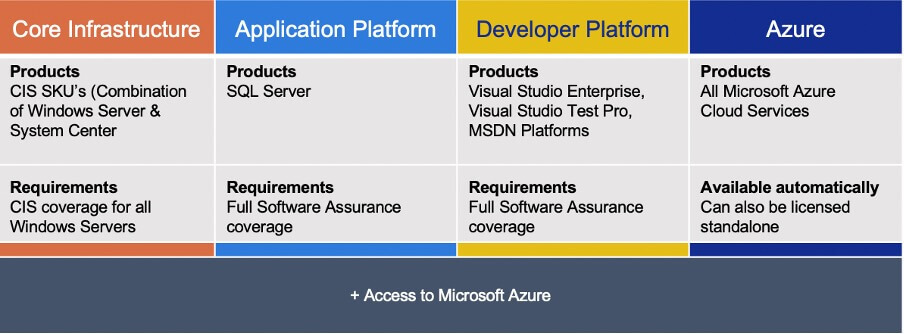
Microsoft Azure used to be the cloud part of Server & Cloud Enrollment, but it is no longer one of the four core technologies offered in this Enrollment. If Azure was included in your previous SCE, you might be able to renew it, but new Enterprise Agreement clients will not be able to sign a SCE for only Azure. Visit our Azure optimization page for more information on Azure.
This is an installed-base commitment giving you optimal pricing and terms, cloud-optimized licensing options and simplified licensing. This enrollment includes discounts on:
- Software Assurance only (5% to Enterprise Enrollment) and new licenses with SA (15% to Enterprise Enrollment)
- Full Software Assurance benefits for deployed licenses (also new version rights)
- And if you qualify, Unlimited Problem Resolution Support
The Server & Cloud Enrollment also encompasses subscription-based licensing, which can be useful if you have to retire workloads, consolidate or migrate to the cloud.
One option within the Server & Cloud Enrollment is to purchase the Core Infrastructure Suite (CIS) if you are looking to standardize on Windows Server with System Center. It offers a standardized management platform across Microsoft Azure and on-premises.
How does the SCE work?
To enroll in the Server and Cloud Enrollment you need:
- Company-wide commitment to at least one of the SCE components
- Meet minimum requirements, like a min number of SQL Server cores you must include in order to qualify
- In the case of Microsoft Azure – monetary commitment
- Enterprise Agreement required
- Annuity coverage – meaning you have to purchase 100% Software Assurance or Subscription coverage for each committed product family on your installed base
Watch the video below for more information on the SCE.
Which enrollment option is best for you?
Many organizations benefit from the extra cost-management and cloud-related benefits that the Server and Cloud Enrollment offers, but you need to conduct a thorough analysis of your technology needs.
To choose the best fit for your organization, you need to check (to name a few):
- Your Opex vs Capex strategy
- Your roadmap for certain products and services
- Understand your Azure strategy
If you want to learn more about setting up an EA, EAS or SCE, read our blog on How to set up an Enterprise Agreement.
Need support with your EA renewal?
This blog discussed the three different enrollment types for the Enterprise Agreement. Do you know which one is best for your organization? Contact us to help you figure it out!
The EA remains a complicated licensing model to understand and work with. LicenseQ can provide immediate support and go through the EA process with you. For more information, visit our Contract Negotiation page or contact our licensing experts at info@licenseq.com.
Other articles in this series:
- The basics of the Enterprise Agreement
- How to set up an EA(S)
- Enterprise Agreement order requirements explained
- What is the difference between the Annual Report and the True-up?
- How does Software Assurance work?
- What are the different types of Enrollment?
- 10 tips to reduce your Enterprise Agreement spend
- Understanding the Enterprise Agreement Renewal process
- 5 tips for renewing your Enterprise Agreement

